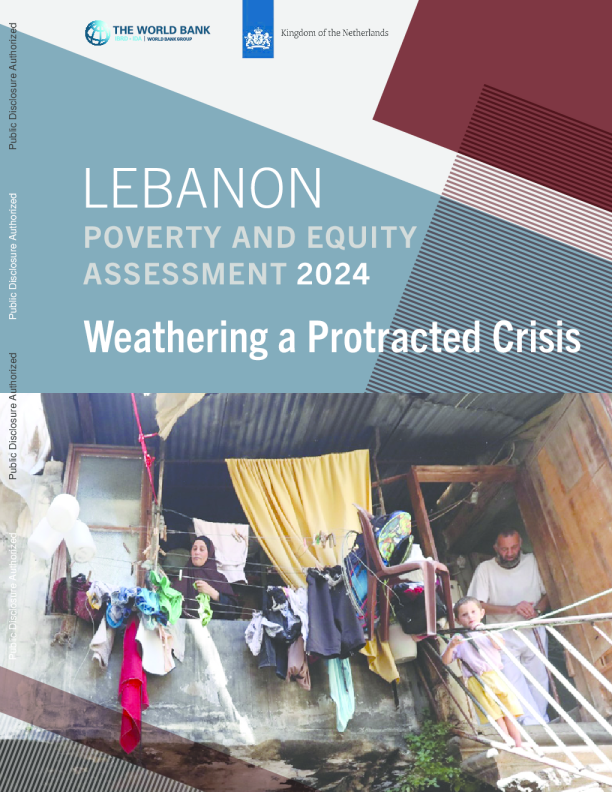越南每两年一次的贫困与公平更新:迈向更具包容性的城市2024
 AI智能总结
AI智能总结
VIETNAMBI-ANNUAL POVERTY&EǪUITYUPDATE PublicDisclosureAuthorized PublicDisclosureAuthorized PublicDisclosureAuthorized PublicDisclosureAuthorized Towaídsmoíeinclusivecities June2024 ©2024InternationalBankforReconstructionandDevelopment/TheWorldBank ThisworkisaproductofthestaffoftheWorldBankwithexternalcontributions.Thefindings,interpretations,andconclusionsexpressedinthisworkdonotnecessarilyreflecttheviewsofTheWorldBank,itsBoardofExecutiveDirectors,orthegovernmentstheyrepresent.TheWorldBankdoesnotguaranteetheaccuracyofthedataincludedinthiswork.Theboundaries,colors,denominations,andotherinformationshownonanymapinthisworkdonotimplyanyjudgmentonthepartofTheWorldBankconcerningthelegalstatusofanyterritoryortheendorsementoracceptanceofsuchboundaries. NothinghereinshallconstituteorbeconsideredtobealimitationuponorwaiveroftheprivilegesandimmunitiesofTheWorldBank,allofwhicharespecificallyreserved. RightsandPermissions ThisworkisavailableundertheCreativeCommonsAttribution3.0IGOlicense(CCBY3.0IGO)http://creativecommons.org/licenses/by/3.0/igo.UndertheCreativeCommonsAttributionlicense,youarefreetocopy,distribute,transmit,andadaptthiswork,includingforcommercialpurposes,underthefollowingconditions: Attribution—Pleasecitetheworkasfollows:WorldBank.2024.VietNambi-annualpoverty&equityupdate-June2024–Towardsmoreinclusivecities.Washington,DC:WorldBank.License:CreativeCommonsAttributionCCBY3.0IGO Translations—Ifyoucreateatranslationofthiswork,pleaseaddthefollowingdisclaimeralongwiththeattribution:ThistranslationwasnotcreatedbyTheWorldBankandshouldnotbeconsideredanofficialWorldBanktranslation.TheWorldBankshallnotbeliableforanycontentorerrorinthistranslation. Adaptations—Ifyoucreateanadaptationofthiswork,pleaseaddthefollowingdisclaimeralongwiththeattribution:ThisisanadaptationofanoriginalworkbyTheWorldBank.ViewsandopinionsexpressedintheadaptationarethesoleresponsibilityoftheauthororauthorsoftheadaptationandarenotendorsedbyTheWorldBank. Third-partycontent—TheWorldBankdoesnotnecessarilyowneachcomponentofthecontentcontainedwithinthework.TheWorldBankthereforedoesnotwarrantthattheuseofanythird-party-ownedindividualcomponentorpartcontainedintheworkwillnotinfringeontherightsofthosethirdparties.Theriskofclaimsresultingfromsuchinfringementrestssolelywithyou.Ifyouwishtore-useacomponentofthework,itisyourresponsibilitytodetermine whetherpermissionisneededforthatre-useandtoobtainpermissionfromthecopyrightowner.Examplesofcomponentscaninclude,butarenotlimitedto,tables,figures,orimages. AllqueriesonrightsandlicensesshouldbeaddressedtoWorldBankPublications,TheWorldBankGroup,1818HStreetNW,Washington,DC20433,USA;e-mail:pubrights@worldbank.org. Coverdesign:HaDoanandSaengkeoTouttavong VIETNAMBI-ANNUALPOVERTY&EǪUITYUPDATE TowaídsmoíeinclusivecitiesJune2024 Contents Abbíeviationsvii Acknowledgmentsviii Oveíview1 Paít1.Poveíty&EquityUpdate1 Paít2.PoveítyandInclusioninUíbanAíeasandCities3 PART1.Poveíty&EquityUpdate8 1.Poveítyandequitydevelopments10 AdecadeofsuccessfulpoveítyíeductioninVietNamstalledduíingtheCOVID-19pandemic10 Pandemic-íelatedslowdownsinteííuptedlong-íunpoveítyandinequalitytíendsintheEastAsia andPacificíegion10 In2022,píogíessinpoveítyíeductionstalled11 Householdimpactsvaíied,withuíbanaíeasmoíenegativelyimpactedthaníuíalones13 Diffeíencesinpoveítytíendsacíossgeogíaphicíegionsaíeevident15 Thevulneíablehavefeweícopingstíategiesandepeíiencedwoíseningconditions16 Inequalitydeclinedslightlyashouseholdsatthehigheíendsofthedistíibutionepeíiencedíelatively moíeadveíseimpactsthanthoseatthebottom,paíticulaílythoseinuíbanaíeas18 2.Souícesanddynamicsbehindchangesinpoveíty22 In2022,laboíincomesepeíiencedsmalldeclinesineitheítheintensiveoíetensivemaígins24 Tíansfeísoffsetsomelaboíincomelosses,buttheseamountsweíesmallonaveíage25 Tíansitionoutofagíicultuíeislinkedwithincomeandpoveítydynamics26 Shoít-andlong-teímtíendswillimpactemployment28 3.Lookingfoíwaíd32 Withtheíetuínofeconomicgíowth,incomeandpoveítyíatesaíeimpíoving32 PoliciesfoítheNetMile34 Identifyandaddíessshocks35 Socialpíotectionneedstobemodeínizedtoguaídagainstshocks35 Counteícyclicalfiscalpolicies37 Betteíandmoíesecuíejobs37 AnneA.Figuíes–Paít138 AnneB.Householdconsumption42 PART2.PoveítyandInclusioninUíbanAíeasandCities44 1.UíbanizationisimpoítantfoítheNetMile46 WhileVietNam’sofficialuíbanpopulationisgíowing,theshaíeofpeoplelivinginanuíbanizedsetting couldbelaígeí47 AlaígeshaíeofVietNam’suíbanpopulationandgíowthaíefoundinitsfivemunicipalities49 2.Theuíbanizationofpoveíty54 Undeíceítainconditions,uíbanpoveítycaníisemoíethaníuíalpoveíty55 Whileuíbanpoveítyíatesaíemuchloweíthaníuíalones,theycanvaíybydiffeíentmeasuíement oíclassifications56 3.CaseStudy:MappingspatialinclusioninHoChiMinhCity58 City-levelanalysisisimpoítanttoundeístandthegíadientofuíbanizationandpoveíty58 Suívey-levelindicatoísmaskvaíiationacíossahighlypopulatedcity58 Asimplefíamewoíkfoíwithin-cityanalysis63 AcíossHCMC,distancestoamenitiesaíeshoíteíinpeíipheíalaíeasofthecity67 Theíeaíepocketsofoveícíowdedandlow-quality




